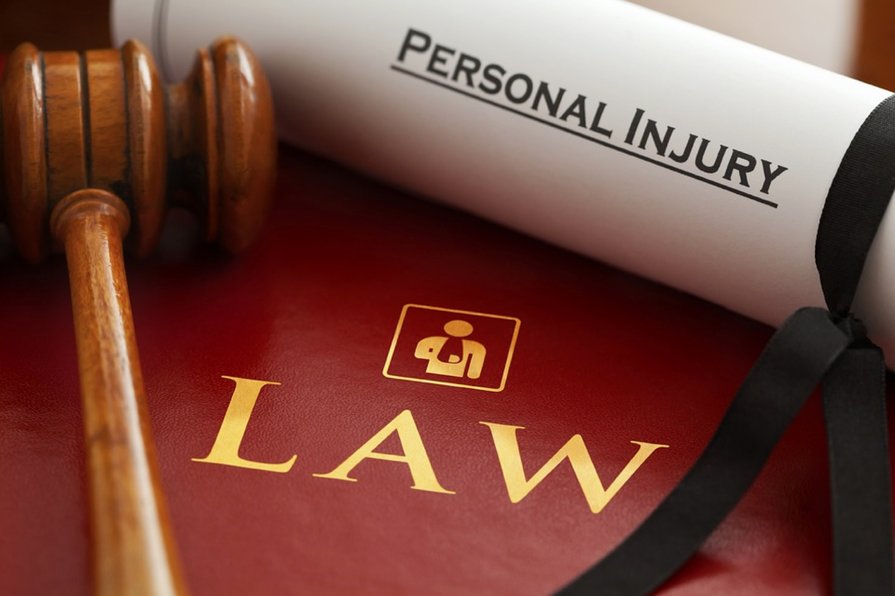Not every personal injury claim results in a success. In certain cases, your claim might end up being a success, but the extent of your success cannot be predicted. The extent of your success depends not only on the quality of your legal representation, but also on the defense strategies utilized as a response to your personal injury claim. A skilled attorney in Edmonton has the capacity to build a case while simultaneously being able to predict the more commonly used strategies used by the defendant. Here is a brief list of the common defense strategies you might have to work around.
1. Contributory Negligence
Contributory negligence is perhaps the most common tactic of retaliation in the book. The defendant aims to reverse the narrative and leave the mantle of the blame on the plaintiff for their role or lack thereof in sustaining the injuries. The defendant attempts to downplay their own role in the causation of the injury itself or the extent of the injury suffered. The defendant further tries to throw light on how the plaintiff’s own negligence or ignorance either caused the injury or escalated the severity of the injury suffered. This is a successful tactic when it results in a reduced compensatory payment to the plaintiff based on the degree of fault.
2. Assumption of Risk
Another commonly used strategy used by the defendant also includes shifting the mantle of blame (and responsibility) back to the plaintiff. The defendant argues that the plaintiff was well aware of the possible risks of suffering personal injuries and the plaintiff proceeded with the activity regardless. This is a commonly used tactic in the case of industrial and manufactory accidents. Visit a competent attorney in Edmonton and allow them to study your case adequately for the preparation of a suitable counter strategy.
3. Pre-Existing Injuries
The extent of personal injuries that you suffered from the incident might or might not have worsened due to an already existing injury. The defendant adopts this strategy through which they could prove the injuries that the plaintiff suffered are not exclusively caused by the defendants’ actions. This might lead to a reduction in the amount which the defendant might have to provide as compensation.
4. The Limitations Act
There is a timeframe within which the plaintiff must make their personal injury claim. If the plaintiff makes the claim after the period stated by the Limitations Act, the defendant is not liable to pay damages. Approach a competent attorney in Edmonton to learn more about the period within which you must file the case.
It is better to be represented by an experienced legal team who have the experience of representing clients against high-profile entities in personal injury claims. A sizeable number of personal injury claims are made against large corporations and entities that are equipped with sizeable financial resources and formidable legal representation.

